I have a question and I am not sure about it.
A computer memory with a total of three physical pages, and page reference sequence: 1, 2, 3, 2, 1, 4, 3, 5, 6, 4, 3, 5, 3, 5, 6, 7, 2, 1, 5, 7. Use optimal, FIFO, and LRU page replacement algorithms.
I have try, but I'm not sure about my answer. Also, in this case, which one is a good algorithm? Why?
my answer:

optimal: PF 10
FIFO: PF 12
LRU: PF 16